Long before I ever heard of Keith McNally, I was a big fan of his restaurants. In my frequent travels to New York during my previous life, I was an early adopter and a regular patron of THE ODEON, his first big hit. Perhaps its combination of French bistro/brasserie fare reminiscent of LA COUPOLE in Paris, served alongside American classics, resonated with me. Maybe it was the energized vibe of the restaurant, or the big neon Edward Hopper-ish sign promising excitement. I remember being taken by its location – a desolate, barren and scary neighborhood called TriBeCa. What really floored me, though, was the fact that Odeon looked like it had been there forever. It just seemed REAL to me.
A few years later, he opened CAFE LUXEMBOURG in the culinary wasteland of the Upper West Side. This was the pioneer of what became Keith McNally’s aesthetic sweet spot: French bistros that faithfully evoke 19th century Paris – and I mean FAITHFULLY. As Pete Wells of the New York Times put it: “…not exactly the real Paris, but the way you remember it a year after taking a vacation there.”
Full disclosure: It was about this time that I was creating BUCA, and McNally’s attention to detail drove me to obsess over the minutiae of Italian immigrants’ homes and neighborhood restaurants – the plastic flowers, kitschy trinkets and gaudy Catholic icons. The bad plaster statuary and floral carpets. The Christmas lights left up year-round; everything a visual and cultural metaphor of a STATE FAIR FRINGED PILLOW. So thank you, Keith.
My next discovery of McNally’s genius was BALTHAZAR, the quintessential SOHO brasserie, right out of central casting…and today possibly the busiest restaurant in New York (with a branch now open in Covent Garden in London). It was here that I truly began to appreciate his attention to detail. Sure, other New York bistros had the obligatory Parisian ochre walls – but McNally’s were purposely stained to evoke years of exposure to a clientele of two-pack-a-day cigarette smokers. Then there were the mirrors – not clean and bright, but distressed with hopelessly damaged silvering. The mosaic tiled floor’s patterns were imperfect and patched – from the day they were laid. And McNally bathed everything in flattering Renoir-ish light.
PASTIS soon followed in what was then another culinary backwater, the Meatpacking District. Here he capitalized on all the bistro/brasserie clichés, including the requisite Parisian “egg and dart” facing on the zinc bar. And the “decorating hits” just kept on coming. New Parisian “touchstones” beyond Balthazar’s red leather banquettes and marred mirrors included mismatched chairs, a stamped and faux-soiled tin ceiling, and what would become a McNally signature decorative device: chipped and damaged Paris Metro subway tiles adorning columns and walls.
Oh, and the food was pretty good, too.
The hits came in quick succession…. the striking, subterranean PRAVDA VODKA BAR; SCHILLER’S LIQUOR BAR (best name ever?); and the impossibly cozy, always-satisfying Minetta Tavern. As the New York Times wrote, “…McNally is the restaurateur who invented downtown Manhattan.”
Then McNally dabbled in two Italian adventures: MORANDI, a trattoria; and PULINO’S, a pizza-centric venue that opened and closed after a short run, but was quickly reimagined as CHERCHE MIDI (see my blog entry dated November 2, 2016).
That brings us to AUGUSTINE, McNally’s newest bistro and his giddiest yet. Last week, our Parasole culinary team visited Augustine, housed beautifully in the restored BEEKMAN HOTEL not far from City Hall. Note the image of the dining room – an over-the-top and gorgeous accumulation of all the visual and sensual devices that have served him so well over the last thirty years, with the addition of Art Nouveau-style glazed tiles featuring hand-painted climbing vines, tiger lilies, peonies and poppies. Pay particular attention also to the use of mosaic floor tiles.
And if there are two of you dining at Augustine, get the corner table pictured (#62). On Saturday, we started with brunch at a window table (#91; #92 is also good).
Joanne chose the Cheese Soufflé, perfectly prepared and really cheesy with Gruyere and Parmigiano Reggiano, accompanied by a horseradish fondue ($19, but worth it).
This was followed by the Heirloom Beet Tartine with ricotta, watercress and toasted walnuts – a bargain at $10. The Heirloom Tomato Salad with fresh mozzarella and charred jalapeno vinaigrette, while very good, was a whopping $19. I had Eggs in the Hole with smoked salmon, arugula and lemon creme fraiche. Avocado Toast followed with poached eggs, tomato coriander salsa and sliced avocados atop grilled focaccia (best Avocado Toast ever; $16). Finally, a perfectly “serviceable” Eggs Benedict on brioche – just fine, but just Eggs Benedict.
The Parasole folks gathered again at 6:00PM for dinner, and to reach our table we had to fight our way through Augustine’s lively bar, filled even at that early hour with drinkers and diners.
Shared dinner appetizers began with Salt Roasted Oysters topped with salmon roe. I had the Beef Tartare with yuzu, nori and a quail egg, while one of our group opted to go “snout-to-tail” and ordered the Marrow Bones with oxtail ragout. Joanne, in my opinion, had the biggest hit: Chilled Watercress Vichyssoise, drizzled with chive oil and served with buttery miniature brioche croutons – just $10 for a generous serving. Two crispy salads came next: a lightly dressed Frisée and mixed greens…and a surprise: a Waldorf Salad. Not very French or bistro-like, but delicious nonetheless.
I won’t go through all of the mains. They’re all pictured and all good. But I will mention a few standouts, including the tasty, artfully plated Duck à l’Orange, featuring juicy slices of Grand Marnier-braised breast meat layered over turnips and greens, served with a side of duck confit and orange marmalade. I had the Steak Au Poivre – fork-tender and beefy (and, as Pete Wells said, “dry aged and tender without being floppy). It was served with a generous side of crispy pomme frites – double fried (or maybe triple fried) just like in France.
But perhaps the most interesting offering at our table was a side-dish: POMMES PRESSÉ: layers and layers and layers of wafer-thin potato slices, stacked on a bed of pureed Yukon Golds and served with garlic aioli and wild thyme. I don’t know how it was prepared, but I think they deep fried the whole thing.
Apple Tarte Tatin with salted caramel ice cream, a Dark Chocolate Terrine and a surprising plate of sliced Blood Oranges with mint leaves sent us all crawling back to our hotel.
Finally, I wondered, Why the name “Augustine”?
Was McNally playing with us? Is this the same Augustine as the St. Augustine that Stephen Greenblat cited in the New Yorker magazine, who in 370 AD, at age 16, had an “incident” in a public bathhouse? “Hardly a world-shaking event,” he writes, “…but Augustine did become celibate and perhaps even obsessed with human sexuality” causing him to believe “‘that there is something fundamentally damaged about the entire human species’” – thus Adam & Eve and Augustine’s doctrine of Original Sin?
I don’t know. I was just wondering. What exactly did happen in that bathhouse?????
W.T.F.
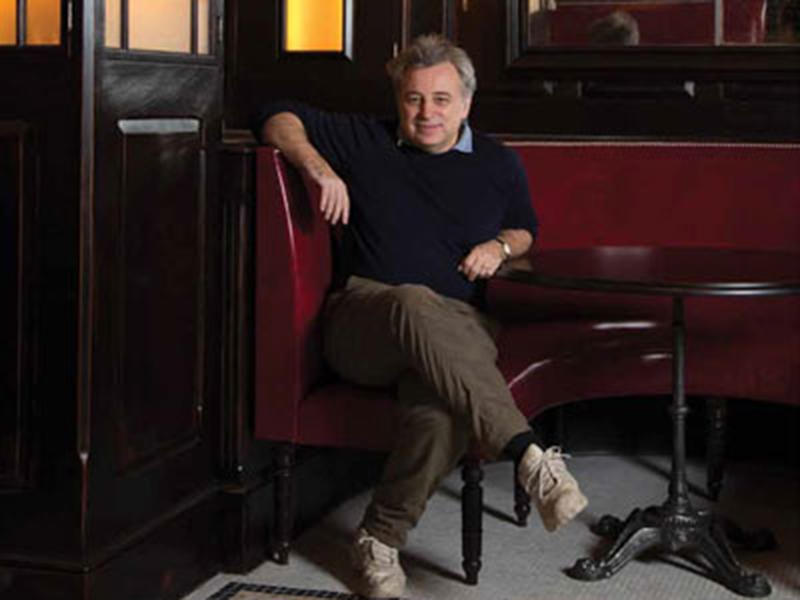

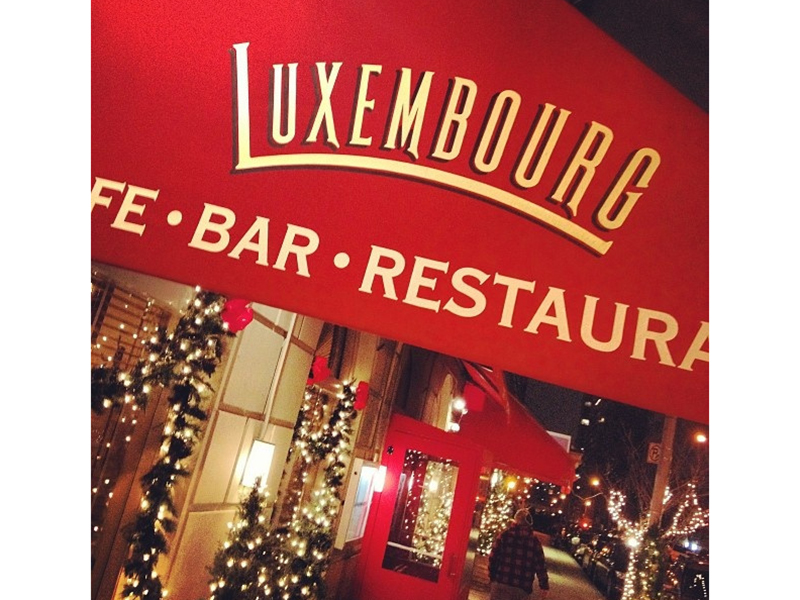
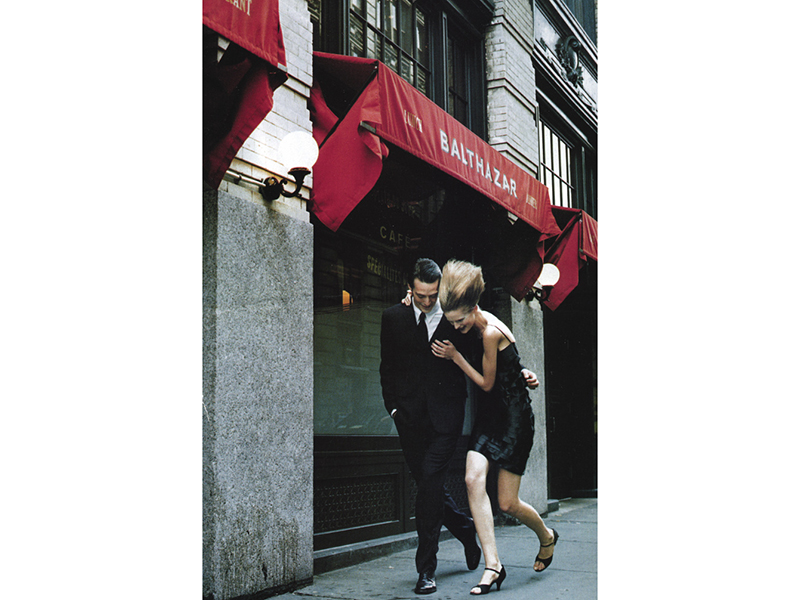
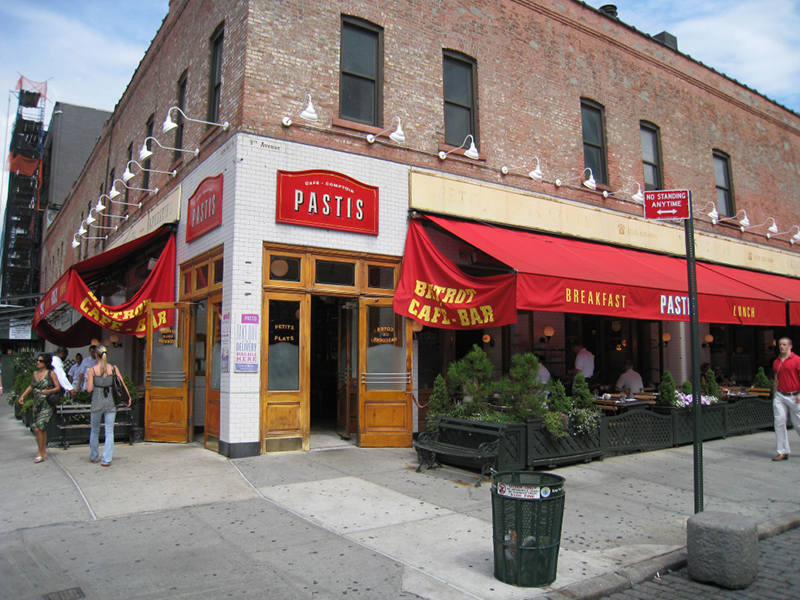
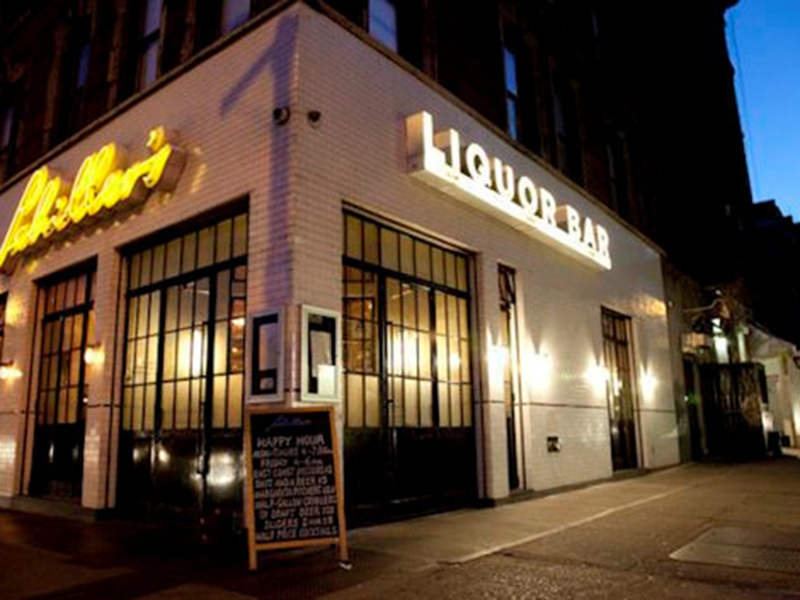
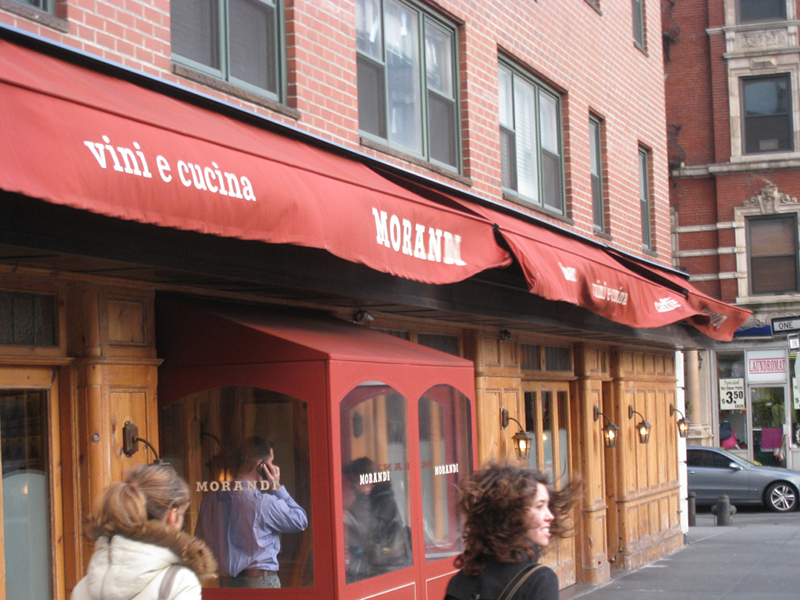
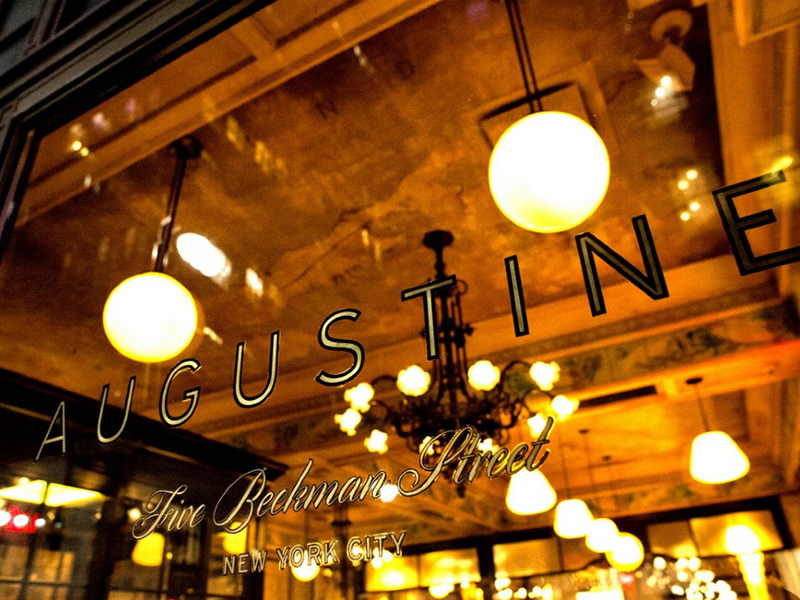
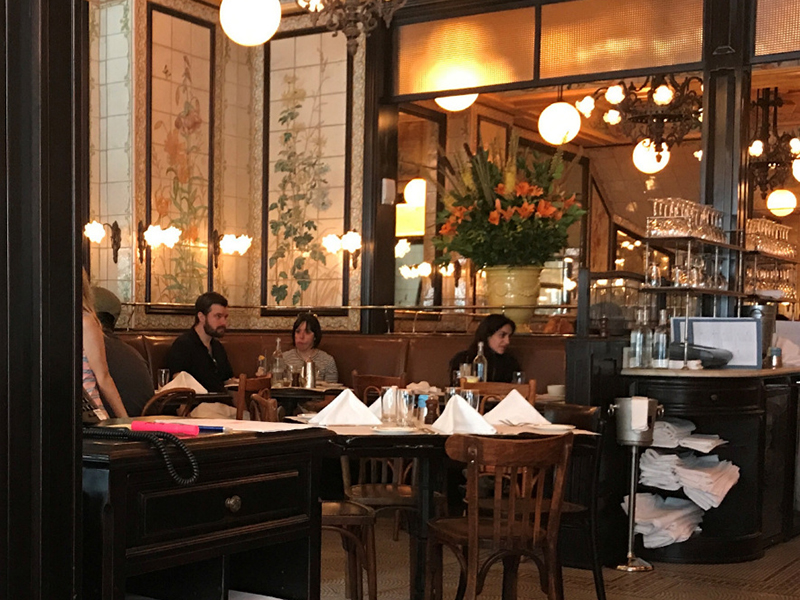
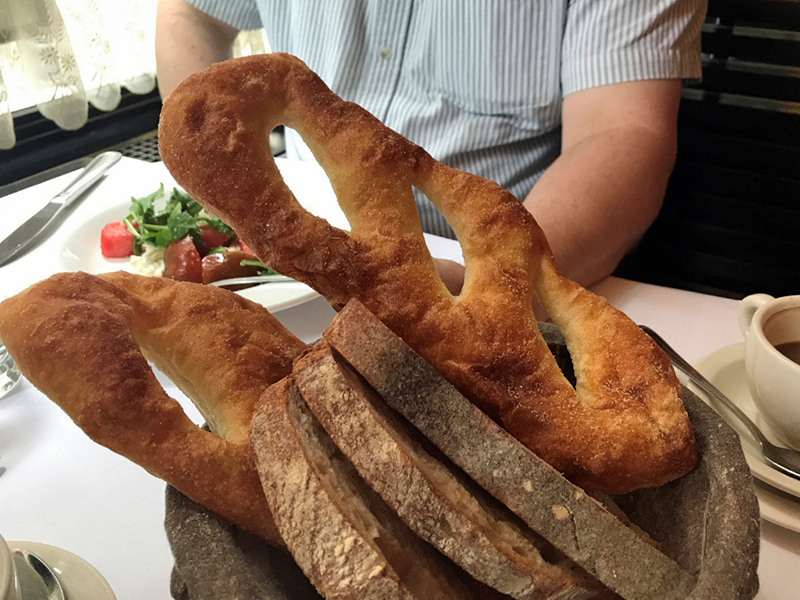
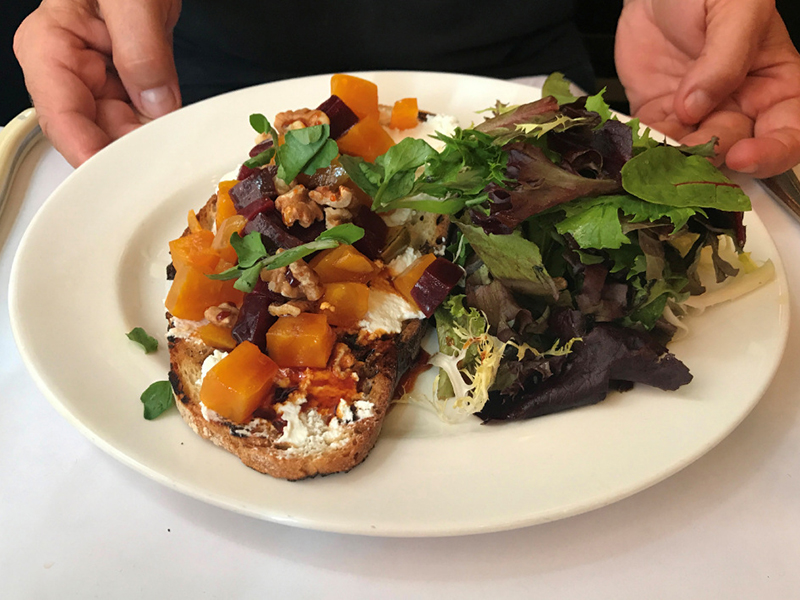
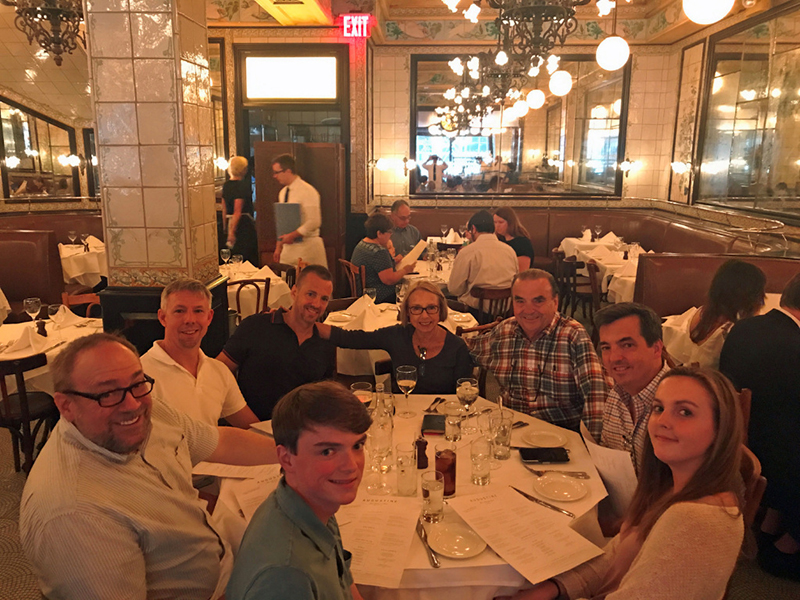
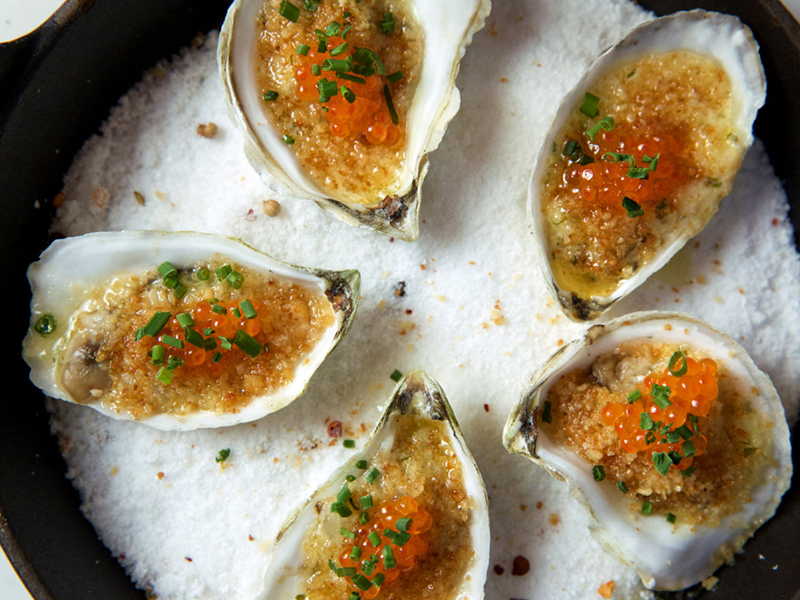
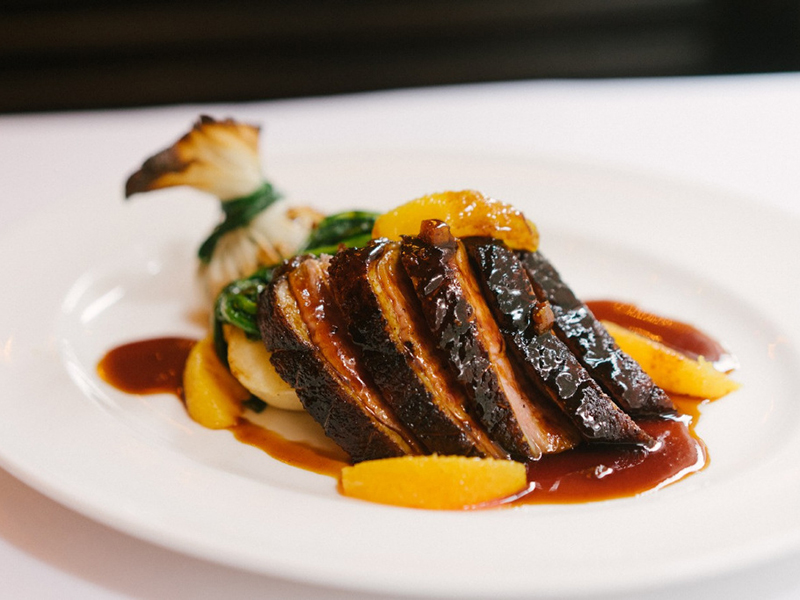
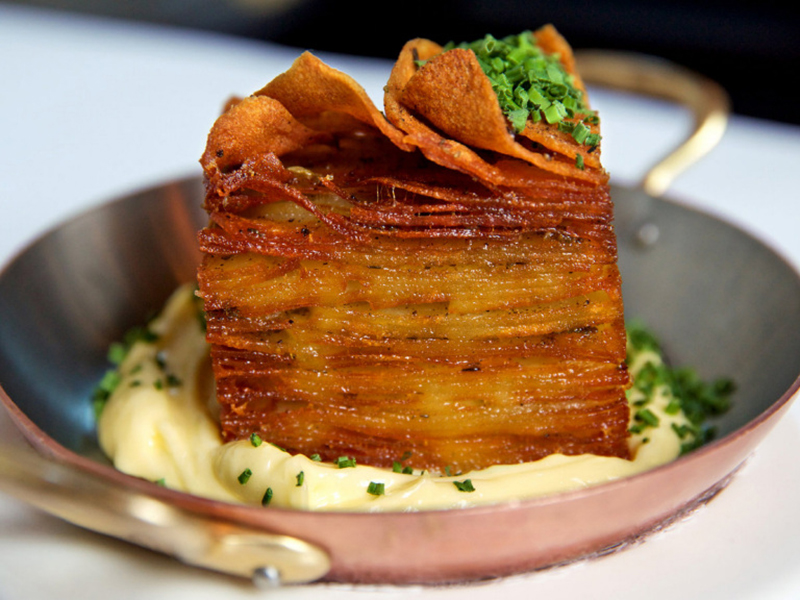
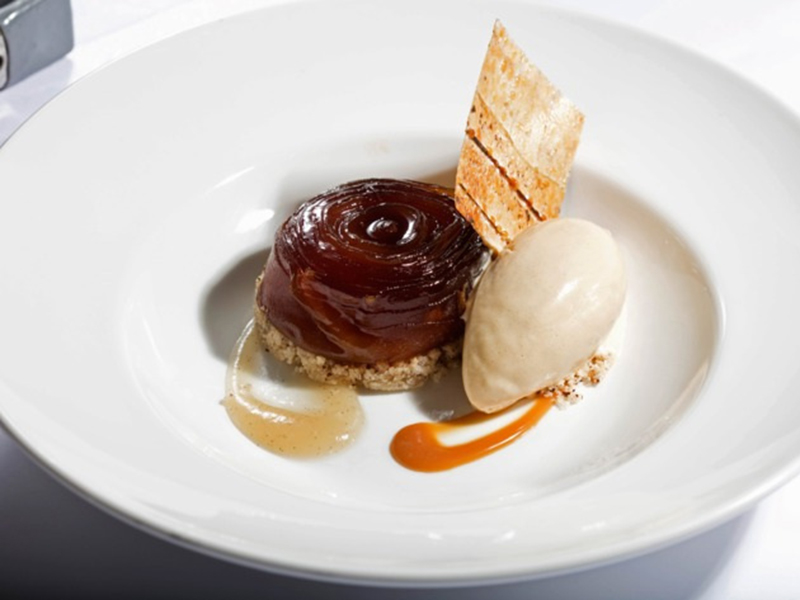
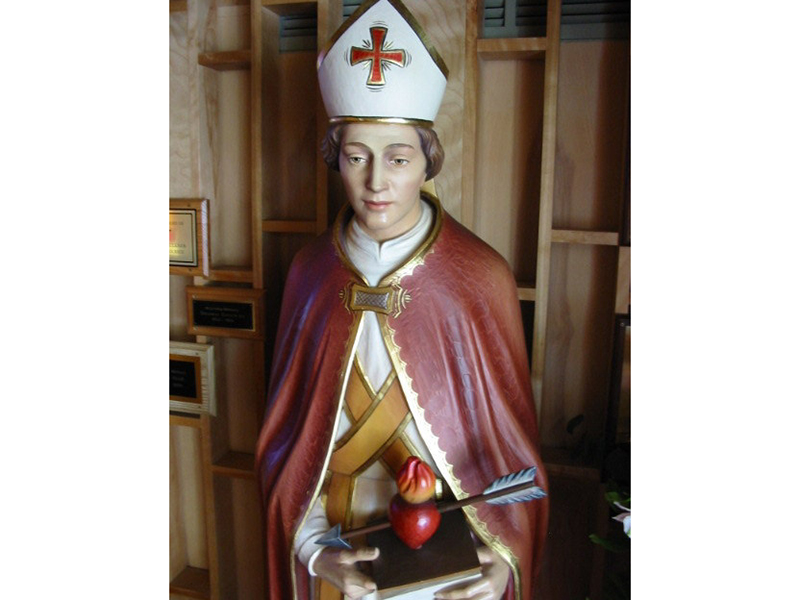
oh, so extraordinaire, Phil…merci infiniment! As our youngest son#5 John lives in Soho and prides himself on his restaurant mile long list, we have tucked into many of your mentionables…Balthazar is a fav.
Pingback: NOTHIN’ BETTA’ THAN MINETTA – WTF with Phil Roberts
Pingback: Timeless Touchstones: High-End Fixtures that Become Heirlooms - ABC Home Ltd